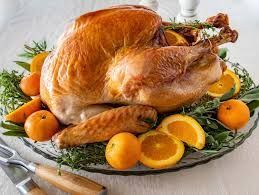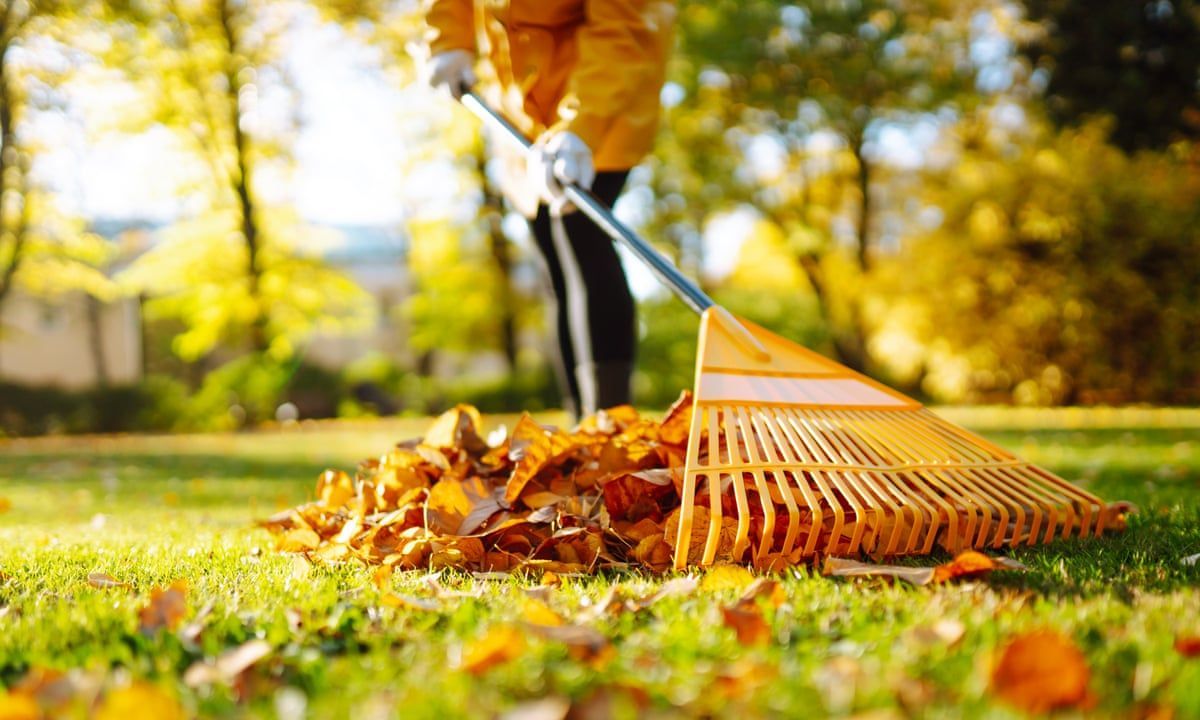The Long and Short of It: Understanding Leg Length Discrepancies

When your pants always seem uneven or one shoe wears out faster than the other, it might not be your laundry or the way you walk — it could be a leg length discrepancy. But before you panic or break out the measuring tape, let’s break down what this actually means and how chiropractic and massage therapy can help even things out (literally and figuratively).
There are two main types of leg length discrepancies: anatomical and functional. While they may present similarly — hip imbalances, lower back pain, uneven walking patterns — their root causes (and therefore their treatments) are very different.
Let’s dive into the difference between the two, how we diagnose them, and how your friendly neighborhood chiropractor or massage therapist can help.
Anatomical Leg Length Discrepancy: When Bones Are to Blame
What it is:
An anatomical leg length discrepancy means there's an actual difference in the length of the bones in your legs — usually the femur (thigh bone), tibia (shin bone), or both. This can be something you’re born with, or it can develop after an injury (like a broken bone that healed slightly shorter), surgery, or growth plate issues during development.
How it presents:
- One leg is physically shorter than the other.
- You might notice a pelvic tilt or a sideways shift in your posture.
- It can lead to compensations in your spine, hips, knees, and ankles.
- Common complaints include low back pain, hip pain, or even headaches caused by uneven weight distribution and muscle compensation.
How we diagnose it:
While a chiropractor or physical therapist can spot signs during a physical exam, imaging like X-rays or CT scans provide a definitive measurement of bone length. Standing X-rays are particularly useful to assess how the legs bear weight in real time.
Functional Leg Length Discrepancy: When Muscles Are Playing Tricks
What it is:
A functional leg length discrepancy is an illusion created by muscular imbalances, joint dysfunction, or postural habits. In this case, the bones are the same length, but one leg acts shorter due to tightness, asymmetry, or pelvic misalignment.
How it presents:
- Postural shifts, like a rotated pelvis or elevated hip, make one leg appear shorter.
- One leg may consistently “feel longer” when walking or running.
- You might experience muscle tightness, especially in the lower back or hips.
- Symptoms tend to come and go, especially after long periods of standing, sitting, or activity.
How we diagnose it:
This one’s a bit trickier — but that’s where your chiropractic and massage care team comes in. Through postural analysis, palpation, and orthopedic testing, your provider can determine whether the imbalance is structural or functional. Often, patients lie face down while the provider observes the position of the heels and then compares that alignment during movement — a test that can help reveal functional discrepancies.
Treatment for Anatomical Discrepancy: Support and Stability
Since you can’t “stretch” one femur to match the other, anatomical discrepancies are about support, not correction.
Treatment options include:
Treatment for Functional Discrepancy: Mobilize and Balance
Unlike anatomical differences, functional discrepancies are often reversible. The goal is to restore symmetry by treating the underlying cause — usually joint dysfunction or soft tissue imbalance.
Treatment options include:
- Chiropractic adjustments: Misalignments in the pelvis or lumbar spine can cause a functional short leg. By restoring motion to restricted joints, chiropractic care helps reset pelvic positioning and balance.
- Soft tissue work: Massage therapy can address muscle tightness, trigger points, and fascia restrictions that pull the body out of alignment.
- Stretching tight muscles: Common culprits include the psoas, quadratus lumborum, piriformis, and hamstrings. Your provider can guide you through specific stretches to release tension and restore symmetry.
- Strengthening weak muscles: Often, stabilizing muscles like the glutes or core aren’t doing their job, so others compensate. Corrective exercises help wake up sleepy muscles and encourage proper movement patterns.
- Posture and movement retraining: Habits like always crossing the same leg or carrying a bag on one shoulder can reinforce asymmetry. Identifying and correcting these patterns is key to long-term relief.
Why It Matters
Even small leg length discrepancies — anatomical or functional — can throw off your body's entire kinetic chain. Think of your body like a car. If the tires are uneven, the whole vehicle pulls to one side and the parts wear out faster. In your body, that means joint strain, poor posture, muscle fatigue, and sometimes even injuries.
Identifying the type of discrepancy is essential. Treating a functional issue like it’s anatomical (or vice versa) can lead to frustration and worsening symptoms. That’s why it's important to work with trained professionals who understand the nuance — like your chiropractic and massage team.
So… How Do I Know If I Have One?
You don’t need to be walking in circles or measuring your inseam daily. If you’re dealing with:
- Chronic low back, hip, or knee pain
- Postural imbalance
- A gait that feels “off”
- Uneven shoe wear
- Or one pant leg that always seems longer…
…you might benefit from a full evaluation. At Peak Performance in Buffalo, NY, our evidence-informed team uses movement analysis, muscle testing, and orthopedic evaluation to determine whether you’re dealing with an anatomical or functional leg length difference — and, more importantly, what to do about it.
Even Things Out at Peak Performance
Whether your legs are structurally different or just not quite syncing up, you don’t have to live with discomfort or imbalance. Our chiropractic and massage therapists are here to help restore alignment, reduce strain, and keep you moving at your best.
Book an appointment today and let us take a closer look. We’ll help you put your best (and most balanced) foot forward.
Bethany Wolcott
D’Youville Chiropractic ‘26












